Musings on entomology
My complete thoughts and opinions on this subject could probably fill several books; here are a few musings about the act of ‘doing’ entomology, and by extension natural history in general.

Long ago, WH Auden wrote a lovely melancholy line, : ‘in the fading year, potters a Coleopterist, poking through rotting leaves’, a favorite of myself and others who appreciate the poetic in the pursuit of natural history.
The entomologist’s quest puts him (or her- there have been many great women in this field) in touch with the dew on morning leaves, the pale light slanting through branches on fern and pale grass stems. Down among the mosses and decayed branches, hidden among fronds and lichen, is a hidden world whose roots reach far back beyond the oldest memories of man. Here the cycles of the seasons are apparent in razor-sharp detail, putting one in mind of contrasting Time and Eternity, the passage of the years in all their changes, the eternal unmoving cycle of which they are but one small part.
The entomologist gains through experience a rather unique way of looking at things- you start to be able to see the world at insect scale; suddenly the environment becomes much larger and more complex- you notice the cracks in the bark of a tree, the veins on a leaf, the way the water ripples on a silent pond.
Imagine a crisp autumn morning, under a pale blue sky; perhaps a few grey wisps of cloud float high above. A low breeze flutters through the tall grass, dry after the heat of summer, long since gone to seed. Despite the sun, the ghost of a chill hangs in the air- a reminder of the changing seasons and the coming winter. Through the meadow comes walking a lone figure, insect net hoist over his shoulder, periodically stooping to examine some flower head, or turn over a stone. This is the entomologist, an increasingly rare species, in his natural habitat!
What he sees is something rather different than the average hiker’s perception of the same scene. The soil beneath a fallen log is not mere dirt- to the experienced eye, it is an alien landscape, an unexplored territory as mysterious as the surface of the moon. A fallen twig pressed into the soil creates an impression, in which hide mites and springtails, eyeless centipedes and predatory rove beetles. The tunnels carved out by worms become canyons through which stampede herds of tiny ants, on the sides of which miniature spiders have spun webs of finest silk. Fungal mycelia snake through the soil, providing food for beetles and millipedes.
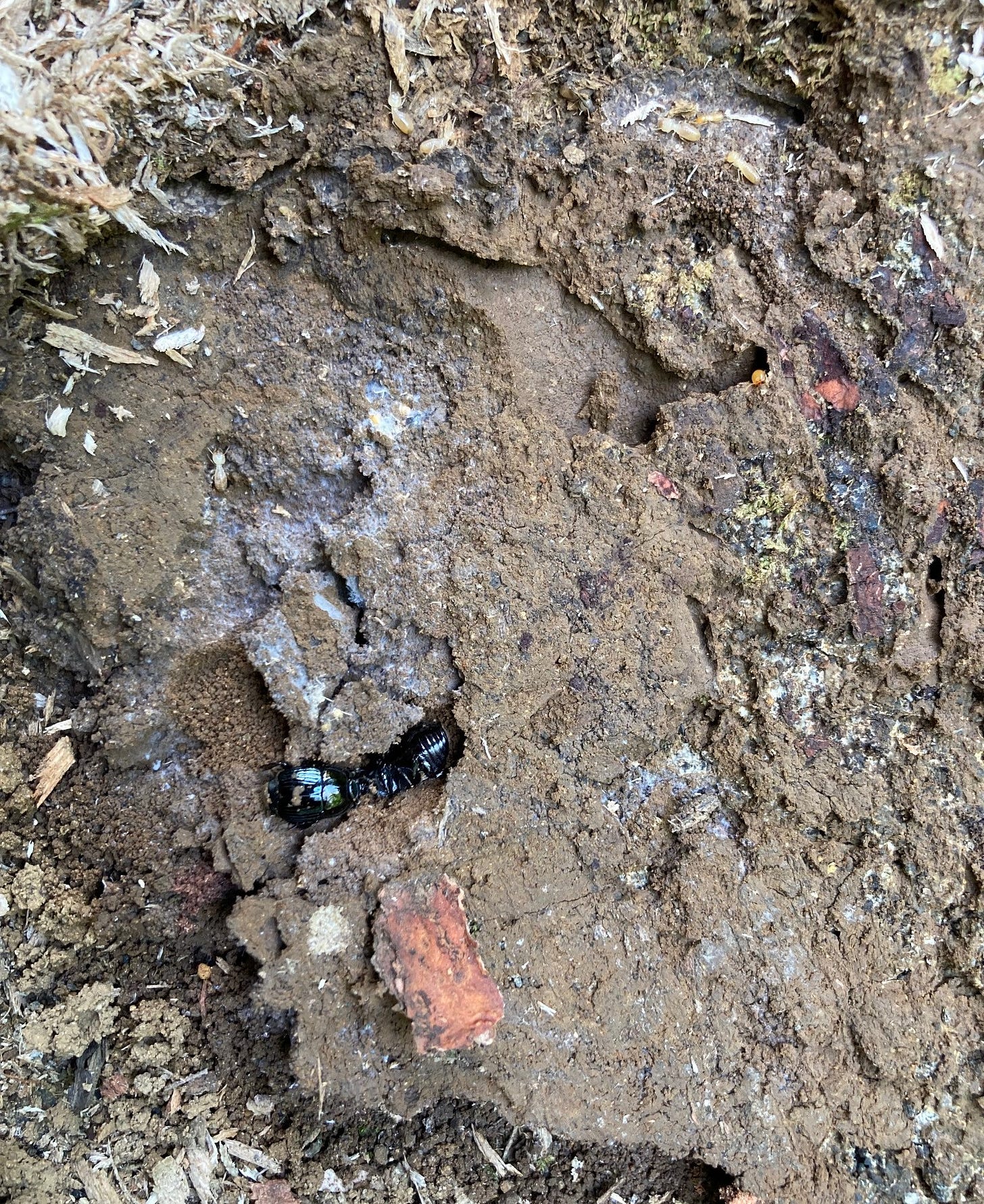
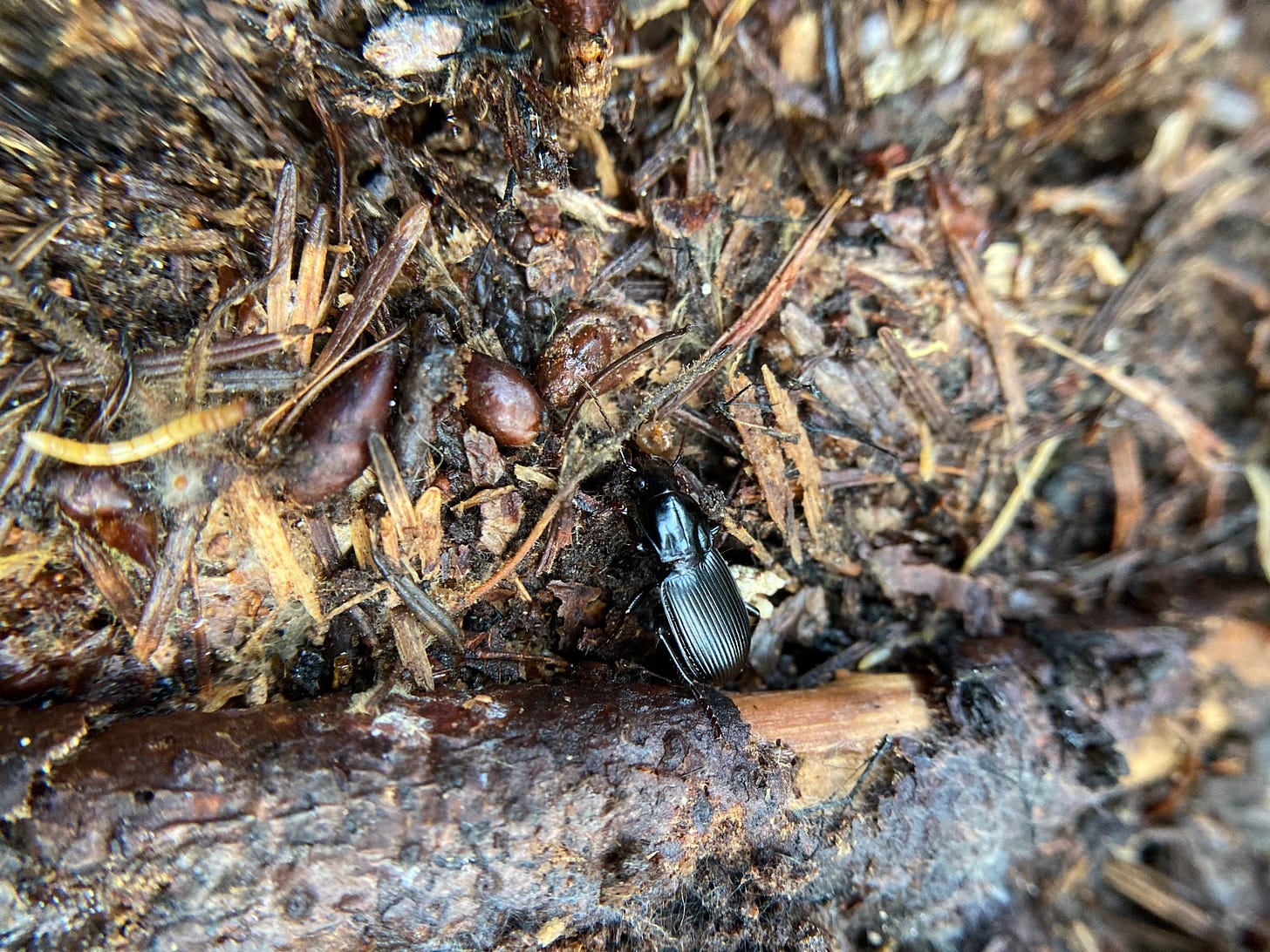
Or consider a stand of daisies, waving lazily in the late summer breeze. Every flower is a miniature island, lasting but a season. Among the closely packed flower heads, tiny thrips feed on individual pollen grains, hunted by the rather dramatically named ‘minute pirate bugs’ (Anthocoridae). Shiny black beetles crawl across the flowers, grazing on the pollen like cattle on meadow grass, while a constant stream of bees and flies comes and goes, taking the sweet nectar which powers their short, frenetic lives. Among the petals lurk crab spiders and ambush bugs, which like miniature vipers capture prey with a lightning-fast strike, injecting venom strong enough to immobilize bees several times their size.
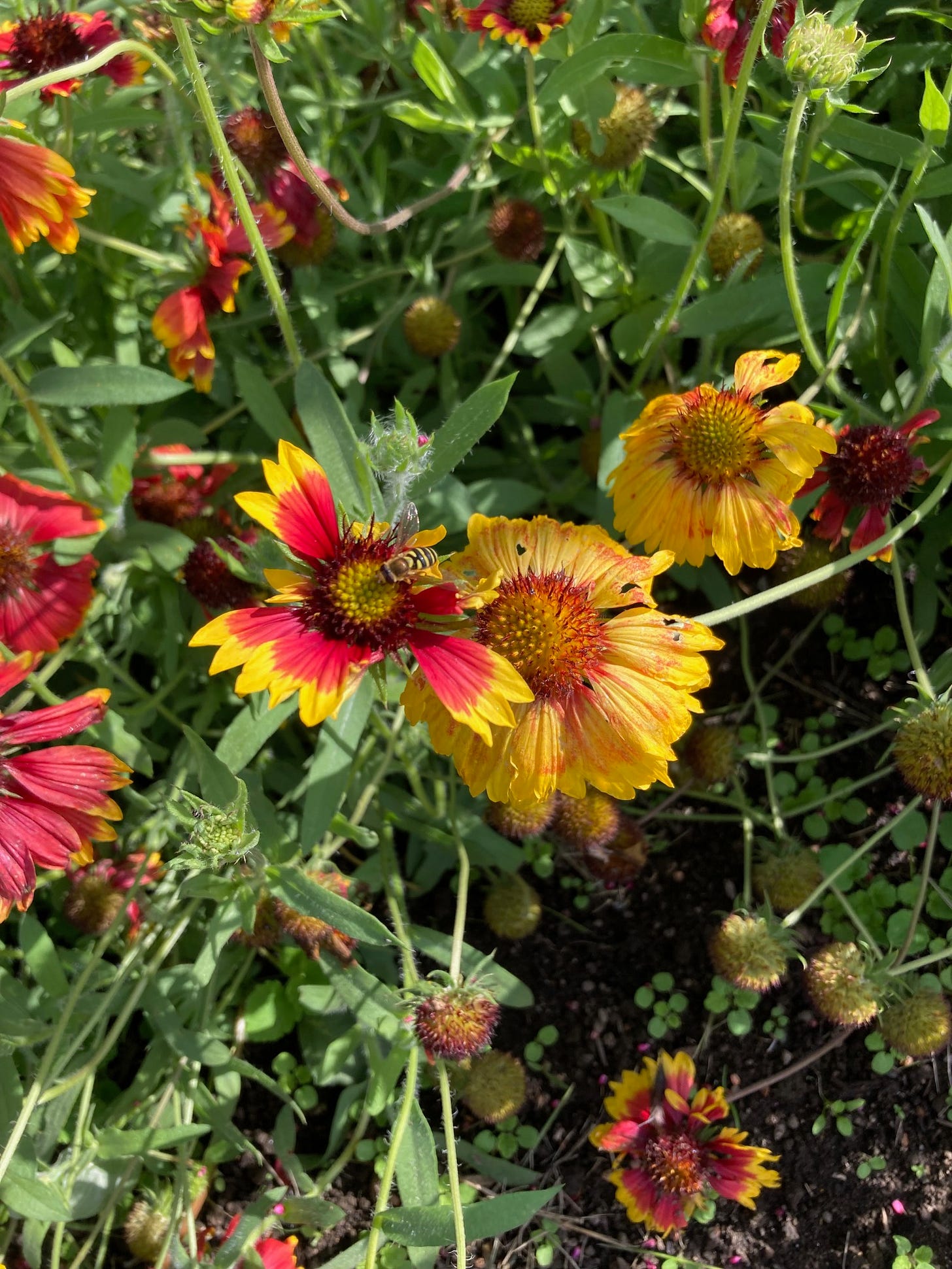
I could stand for an hour watching the comings and goings of such life among the flower heads, a drama scarcely noticed by most people as they hurry past to ‘avoid the bees’!
One can become completely caught up in this pursuit- your eye gets used to looking for the obscure detail that reveals the presence of a ground beetle hidden on the edge of a mossy rock; noticing the particular ripple made by a backswimmer or water-beetle surfacing for air; examining the age of rotting logs to see if they are at the right stage for a particular type of insect- in the intense, almost Zen-like focus necessary for this work, the rest of the world, for a few moments, passes by like a blur, and the naturalist senses a deep stillness somehow beyond everyday time. This is not the unique experience of the student of insects- the fisherman, the geologist, the hunter on the track, the birdwatcher- all will experience their own version of this state of being, no doubt an expression of some deep-seated instinct out of our hunter-gatherer past.

After years and years, you develop a kind of intuition about it. Often I can guess where to find beetles or bugs without even knowing exactly why. This patch of grass is a productive habitat, that one is not. Sometimes it’s obvious- lots of umbelliferous flowers in a field, for instance. Other times I can’t explain it. What makes one rocky riverbank different from another? Of course, you end up exploring them all, and that is how you learn. The way to improve as a naturalist is to always keep your eyes open and look for patterns. A lifetime of university ecology courses is no substitute.
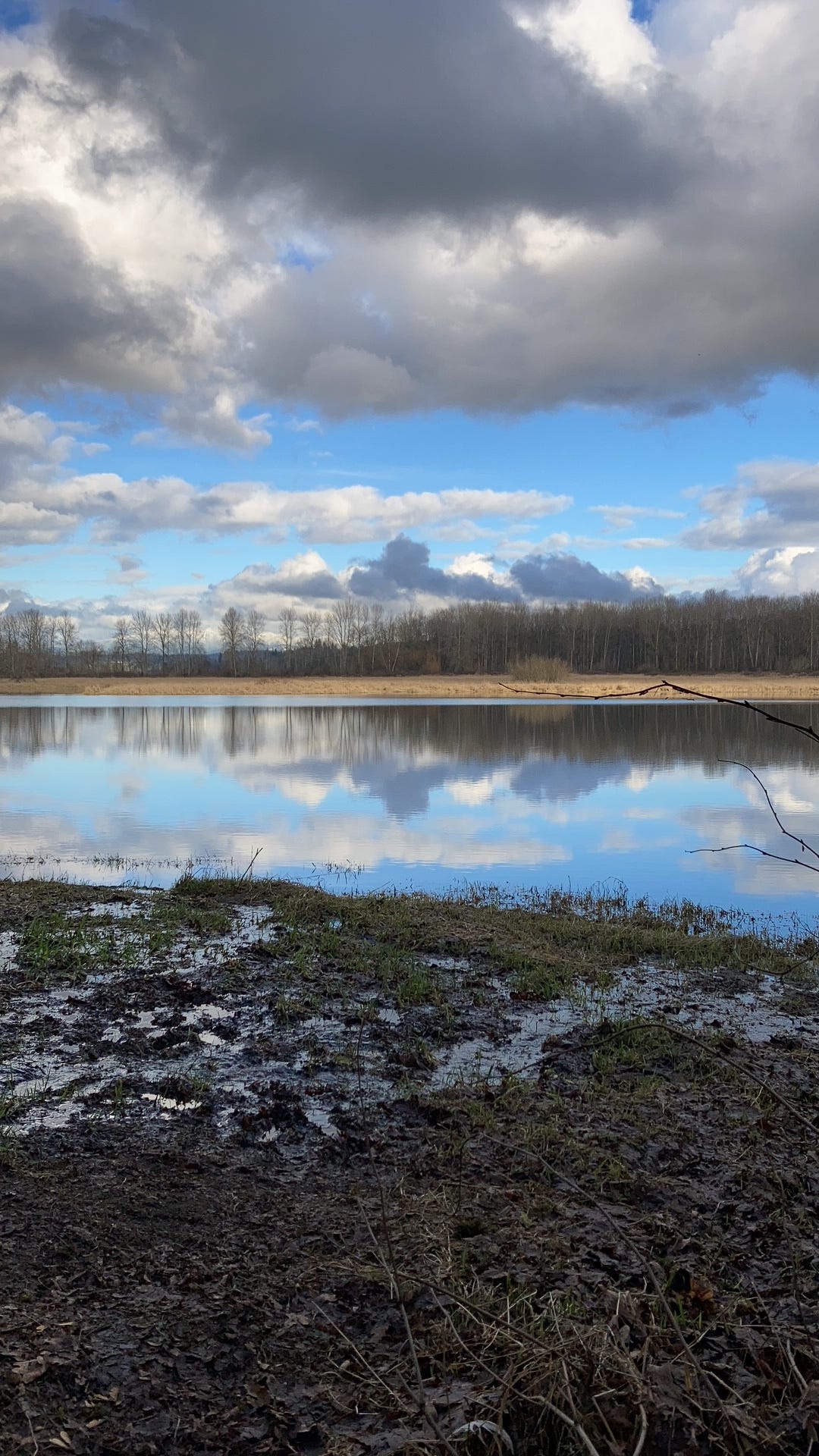
I still remember many of my most exciting finds- how could I forget the shiny, pea-sized hister beetle beneath a fallen tree trunk on a chilly autumn day, or pulling aside a piece of loose bark only to find a large rove beetle, poised as though to run for cover; spiny assassin bugs hanging beneath the flowers of yarrow and wild carrot in the drylands of eastern Washington; the brilliantly metallic carabid hidden beneath a clump of moss in an old forest on Puget Sound’s Whidbey Island. Even after more than 10 years I could take you back to many of the exact places where I have found some particularly intriguing insect.
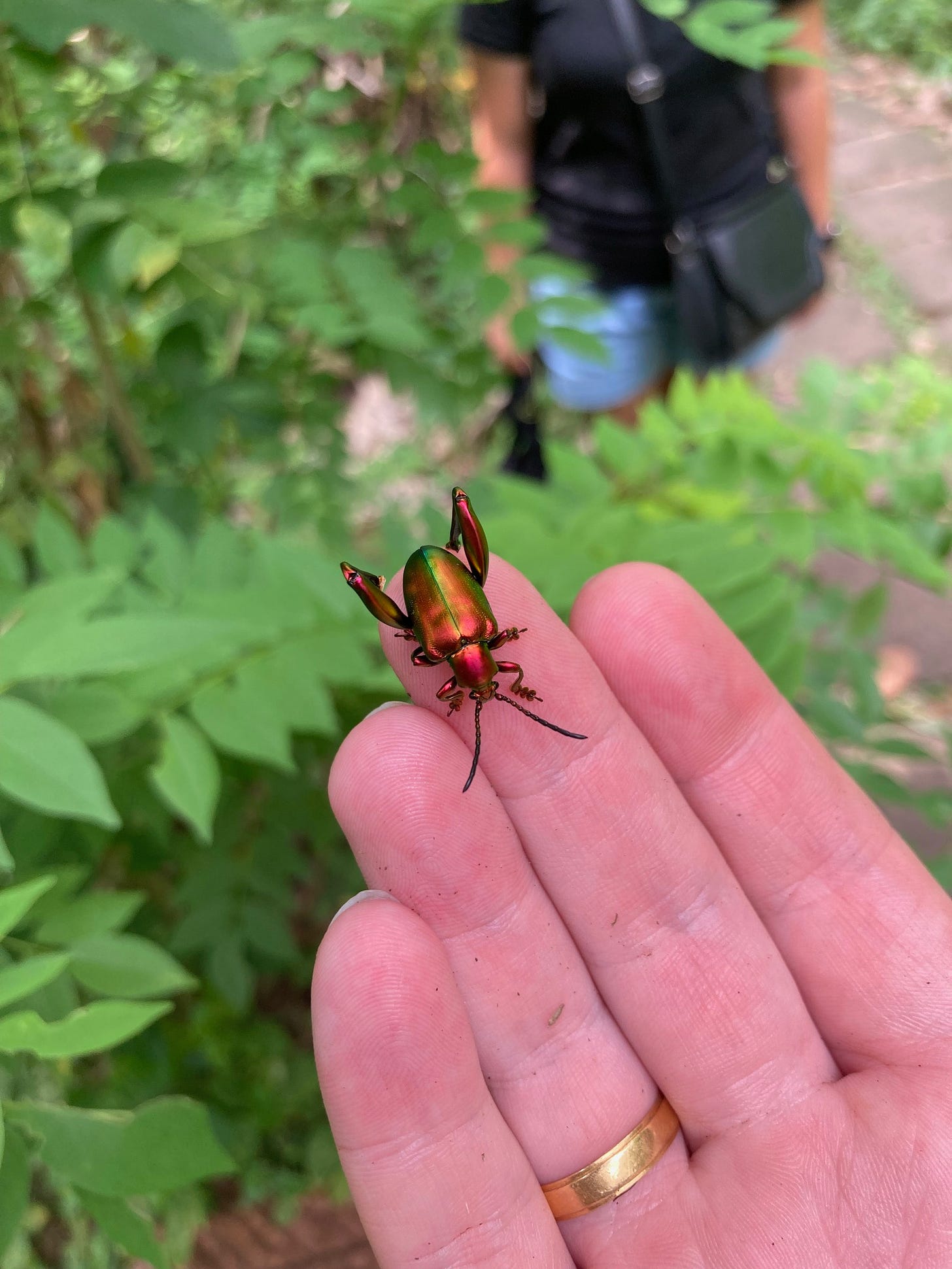
To the old fashioned entomologist- an ‘amateur’ in the original sense of the word, meaning one who pursues an activity for the love of it- searching for insects a is kind of meditation. Close contemplation of the natural world brings clarity to the mind and calm to the heart, and connects us back to the essence of our humanity. Knowing nature brings us closer to nature- and to our own true nature. Once again, as always, I emphasize that we humans are a part of that system or being we call ‘nature’- a fact rediscovered by modern ecology, but known for millennia intuitively by all the world’s traditional cultures.
Here is how the early 20th-century coleopterist WE Sharp describes searching for beetles in the moss of a mountain stream:
‘lifted far above the confusion, the strife, and the labor of the everyday world of men, high amid the solitude of the eternal hills, the only sound in our ears the musical rush and falling of water down its rock bound channel, stretched coatless on the short warm turf with arm submerged to the shoulder to pick out the beetles…’
(from Common Beetles of the British Uplands, published 1915)
Perhaps such lyricism seems a tad absurd in this practical modern world, and yet, so are painting, or poetry, or baseball. No war was ever started by an entomologist. Perhaps finding joy in natural beauty is, in an age of madness, a mark of true sanity. Life, now more than ever, is full of uncertainty and existential dread; let us take the ancient advice and ‘consider the lilies of the field’ as we pass through.


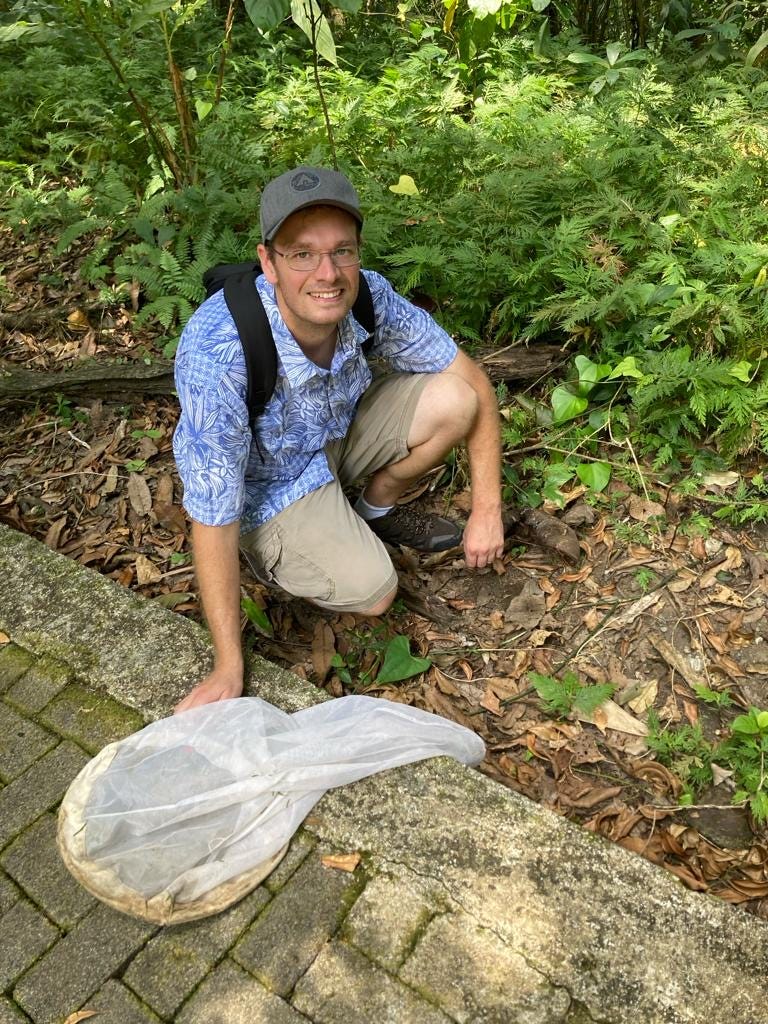
Absolutely a joy to read and enjoy your photos. What amazing creatures we share the planet with, if we only have the mind to search and the eyes to see. You speak the truth.
This is a lovely post. I'm far from being able to call myself an entomologist, but I love learning about, and searching for, insects and i can relate to a lot of what you say. The metallic leaf beetle is beautiful!